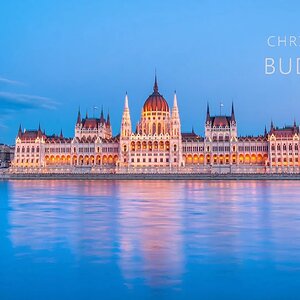Bifurcator
TPF Noob!
- Joined
- Jun 1, 2008
- Messages
- 3,312
- Reaction score
- 1
- Location
- Japan
- Can others edit my Photos
- Photos OK to edit
- Banned
- #31
I need to move back and forth. I need to be able to take one image and print a Duratrans,
How large are the backdrops? I did this kinda stuff and the photographing of them (digitizing) for movie sets and so fourth. Usually this is done in the digital matting department these days. Are they translites from a mural enlarger like in the old days, or is it for a digital process?
and then turn around and send it off for publication in a magazine. I'm working on building up a portfolio of editorial work for smaller-time designers and boutiques. Some of it will go store-front. Some of it will end us as a magazine advertisements.
Define "store front"? For the magazine (offset printing) stuff you're really giving the machines more resolution than their screens use with an 8mp frame for something like the cover of Life or National Geographic. Inside pages are even lower resolution yet.
I, of course, have that vain hope that I'll shoot an ad for a clothing designer who will end up breaking out into a Conde Nast publication.
That's pretty much all social skills tee-hee-hee or knowing someone through family or friends - after you've got your chops that is.


![[No title]](/data/xfmg/thumbnail/36/36400-97a007ae878e1032155c7a7d47eeba73.jpg?1734168786)

![[No title]](/data/xfmg/thumbnail/31/31746-12607d714ca2713b95250821c881aea9.jpg?1734160460)







